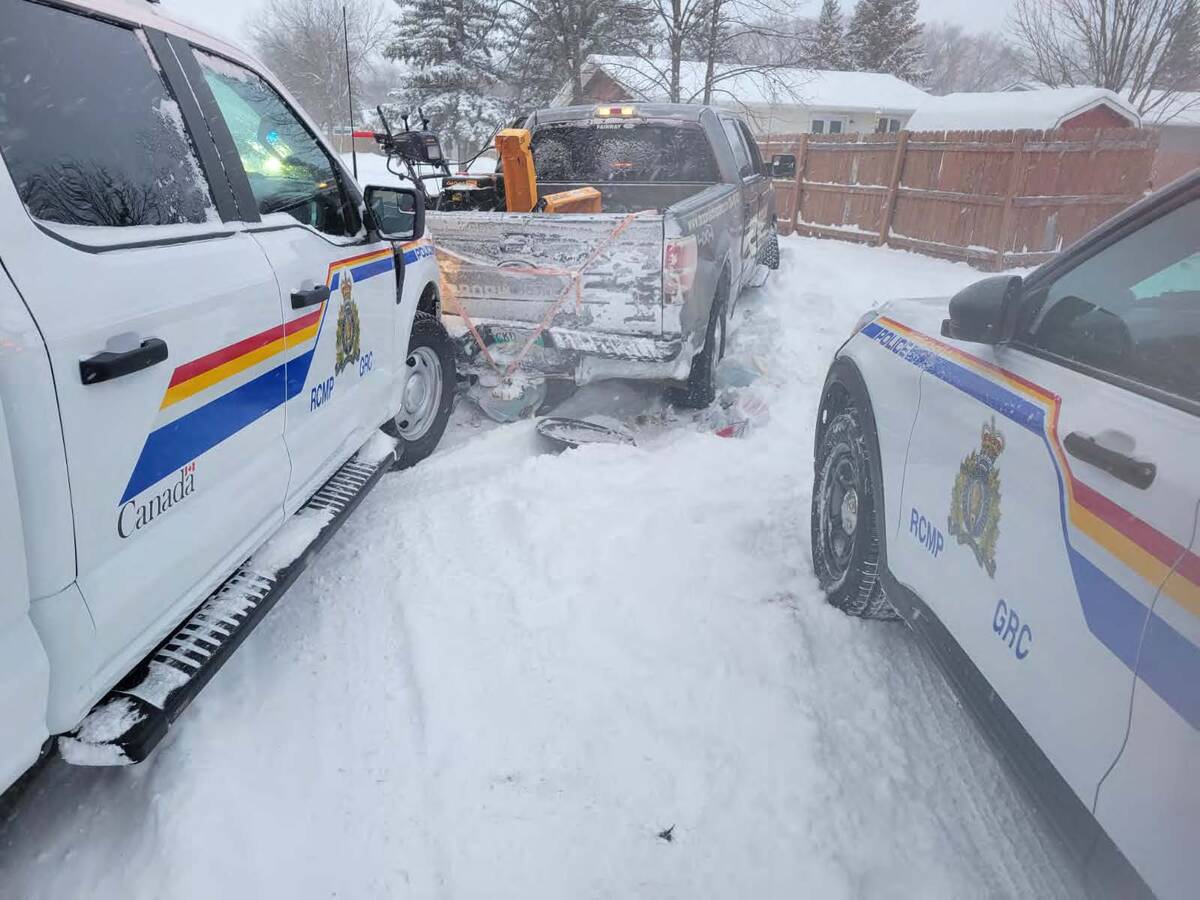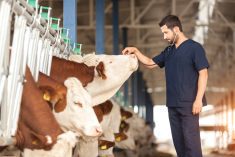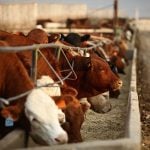Manitoba’s municipalities want the province to consider a homegrown veterinary school.
Western Canada’s veterinarian shortage, and a lack of large animal veterinarians in particular, was at the centre of several resolutions when Manitoba’s reeves, mayors and other municipal representatives met for the Association of Manitoba Municipalities conference in Brandon in late November.
Why it matters: Agriculture and small communities have been sounding the alarm on the vet shortage for years.
Read Also

Protecting the farm from crime
From better lighting to cameras to reporting to police, here are some things farmers can do to reduce their crime risk.
In one case, the AMM was charged to lobby for “long-term recruitment and retention of veterinarians by creating a veterinarian college within one of Manitoba[‘s] existing post-secondary education institutions.”
The same resolution would push for “a certain number of annual seat allotments to be specific to those wanting to pursue” large animal veterinary practice.
The shortage has become a critical issue, said Ian Drul, reeve for the RM of Harrison Park. His municipality was among the resolution’s sponsors.
A shortage of veterinarians has become a burgeoning problem for the livestock industry. One study, done in 2020 by researchers at the Western College for Veterinary Medicine (WCVM), found that 44 per cent of 526 surveyed veterinary practices in Western Canada were looking for staff. Of those, practices specializing in food livestock and mixed practices — the category that would include most small-town veterinarians — reported the greatest urgency.
But those types of practices were also the slowest to source staff. The study reported that it took food animal practices an average eight months to fill a position, and it took mixed practices a year.
The shortage also sparked a letter of concern from the Manitoba Veterinary Medical Association in 2022, in which it said the level of vacant vet spots in the province was at “crisis levels.”
Those in the agriculture sphere complain that many graduating veterinary students gravitate toward urban centres and small-animal practice.
In September, the Western Producer reported that the University of Calgary’s vet college will soon have more than triple the students it had in its first classes back in 2008, but that expansion wasn’t expected to keep vet numbers stable, let alone make up the gap.
Participating provinces in the WCVM’s program have all boosted funded seats in recent years, acknowledging the shortage.
In fall 2022, Manitoba’s then-PC government announced it would increase funded WCVM seats to 20 from 15, starting in this academic year.
There would also be several measures to prioritize those five new seats for rural students, then-ag minister Derek Johnson said. Those seats would go to students with working knowledge of livestock and who want to work in commercial agriculture in rural areas.
“We know from many studies that students who come from a rural background or live in small towns are more likely to go back and to work in small towns or in rural areas,” WCVM dean Dr. Gillian Muir said at the time of the announcement.
Kate Basford, reeve of the RM of Armstrong, suggested that all the province’s funded seats should go to rural Manitoba and large animal practice.
“I cannot find a vet to give me a vet-client relationship that is there at any length of time,” she said during the AMM conference.
Basford’s municipality also sponsored a resolution to ease immigration requirements for foreign-born veterinarians and add a requirement that vet students from Manitoba come back to the province and put in at least three years of work, “thus providing a rotating stream of veterinarians in rural Manitoba.”
“This is not an obscure policy,” Basford said. “We do [it] with our international-trained doctors.”
The AMM also echoed a lobby file put forward earlier this year during the annual meeting of the Manitoba Beef Producers. Both AMM and MBP members want more funding for vet districts.
In July, the provincial and federal governments announced $2 million for “the capacity of rural veterinary services districts throughout Manitoba.”
Districts could apply for up to $75,000 for large-animal veterinary equipment.
Drul, whose municipality sponsored that resolution as well, said their $75,000 grant didn’t “even begin to pay for some of the diagnostic equipment that is needed nowadays,” in his area’s two veterinary districts.
“We’re trying to entice rural vets and I think the only way that we do it is if we have an updated, modern facility that could work for today’s animals,” he said.
Drul further noted that all the vet-related resolutions brought forward “could be lumped together into one large rural recruitment strategy. Training, immigration, everything needs to be brought together, brought to the table with the province and said, ‘OK, this is what we need in the rural areas.’”
















